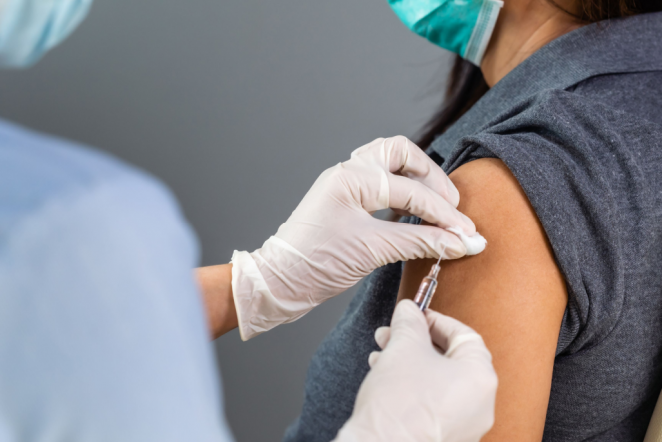And, is it automatically cause for worry?
Breast density is a measure used to describe the proportion of different tissues that make up a woman’s breasts. While regular mammograms can help with early detection, a higher breast density might make the results inclusive and increase your risk of getting breast cancer.
The good news is that dense breast tissue is completely normal. Nearly half of women younger than 50, and one third over 50, have dense breast tissue.
You may be wondering how to check if you have dense breast tissue. It can only be determined on a mammogram, not through a physical exam. A radiologist will analyze your scans to determine the ratio of non-dense tissue to dense tissue and assign a level of density.
It’s unknown why some women have more dense tissue, but it is clear that higher density can complicate the cancer screening process since it can make tumor growth more difficult to see. Dense breast tissue is comprised of less fat and more connective tissue – appearing white on a mammogram. Cancer also appears white so tumors can be hidden by the dense tissue. Up to half of breast cancers tumors can’t be seen on mammograms in women with dense breasts, according to areyoudense.org.
Once you know the density of your breast tissue, you can become your own health advocate. There are screening options beyond your annual mammogram. You and your doctor may consider supplemental testing based on your risk factors and your personal preferences. There’s some evidence that additional tests—3-D mammography (breast tomosynthesis or DBT), breast MRI, breast ultrasound or molecular breast imaging (MBI)—may make it easier to detect breast cancer in dense breast tissue.
And the concept is starting to make waves in legislation. More than twenty states have laws requiring that women be notified if they have dense breasts and be advised to discuss supplemental imaging with their providers. Luckily for us Michiganders, the State of Michigan enacted this legislation during 2015. However, if you live in a state where it’s not (yet) required, it’s good idea to ask your doctor questions about your health and screening/ treatment options.
These additional screenings can quickly add up and get expensive. Some health plans now cover digital breast tomosynthesis (DBT) free of charge as a preventive breast cancer screening measure for women at high risk of developing cancer, regardless of the state’s legal standing. It’s important to talk to your doctor about breast density, so you can determine the best route for detecting signs of cancer.
For more information on breast density and your mammogram report go to www.cancer.org.


